Nestled between the mundane, grey buildings that make up most of Seoul sits Seodaemun Prison. It’s a solemn, yet striking scene. These well-maintained grounds are a stark contrast to the modern apartment buildings surrounding it, and an emotionally charged place that highlights an important part of Korea’s past. With no previous knowledge of Korea’s history, I arrive at Seodaemun Prison on a beautiful fall day. The sun is shining, the air is crisp, and I am curious.
Seodaemun Prison
This travel guide is part of our series on South Korea Travel and East Asia Travel. It was originally created on February 25, 2015. It has been maintained and updated (as of December 28, 2018) to reflect current viewpoints and travel trends.
A Glimpse into Seoul’s Dark History
Finding Beauty in Unexpected Places
I step through the massive front gates, and emerge into a courtyard. “Wow, its beautiful!” is the first thought that pops into my head, and guilt immediately sets in. Describing a prison as beautiful seems hypocritical, but really, it is. Paths connect well-kept brick buildings to bright green and perfectly manicured lawns; trees and flowers cluster together at one end of the grounds; Ingwansan Mountain, in its colorful autumn beauty, stands guard above.
I follow the arrows on the ground directing me to the first building; the exhibition hall. Here, all the positive vibes I’m feeling quickly disappear as I learn the horror and brutality that took place at this prison.
Resilient and Patriotic Koreans
Not too long ago, from 1910-1945, Korea was a forced part of the Japanese Empire. During this time Koreans were forced to work, change their names and speak Japanese in effort to totally eliminate Korean culture. Koreans did not just sit back and let the Japanese wipe away their heritage, instead they actively launched independence movements around the country to gain back what was rightfully theirs.
Koreans who resisted the Japanese government were sent to Seodaemun Prison, and in an attempt to suppress the Independence Movement; the Japanese used these grounds to enact ruthless torture on Korean Patriots.
Inside the Prison Walls
With my newfound knowledge of the brutality that occurred in this prison, I make my way through the three restored buildings. The halls are quiet; no words needed to convey the sadness that once filled this place. Very realistic mannequins guard the two floors of tiny jail cells from the catwalk above. Chills run up my spine, and I find myself constantly looking over my shoulder to make sure they aren’t, in fact, real.
Designed to hold just 500 prisoners, Seodaemun was home to almost 3000 at its peak. I step into one of the cells and am floored by how small it really is; barely enough room for myself, let alone multiple inmates. The cells, totally exposed to the outside elements, have no heating or cooling system, and all contain just a bucket for a toilet. On this crisp fall day, the air inside the brick building is chilly; I cannot imagine surviving the frigid Korean winter in this place.
Violence Below Ground
In the basement of the main prison building sits the torture chamber, and site of interrogations, isolated cells and extreme acts of violence. Fingernail torture, peeling off skin, rupturing of internal organs, cutting off extremities, and water torture are just a few ways the Japanese tortured Koreans. The exhibits have frighteningly realistic models of Japanese guards inflicting unthinkable acts of violence on the inmates. Like the guards in the jail cells above, these models are so realistic; I have to work up the courage to look inside the cells.
The displays, photos and interactive experience of it all is unsettling. A feeling of dread encompasses me and I must get out. I emerge into the sunlight from the depths of the underground torture chambers. Quite shaken by the brutality that occurred in this very place, I continue my exploration of the prison grounds, and head toward the execution hall.
Execution Hall & The Wailing Poplar
The execution hall is where I feel the most emotion today. The place where so many Koreans headed to their death emanates sorrow. Two poplar trees straddle the wall that encloses the execution hall. The poplar tree on the outside is tall and strong, the one on the inside is small and frail. Stories say that prisoners being sent to their deaths grabbed these trees and wailed with deep sadness for their inability to secure independence, and the tree on the inside is stunted because of the terrible things that took place inside the walls. I believe it. The black and skinny poplar tree, and the eeriness of it all convey so much tragedy.
Visiting this prison opens my eyes to the history of the Korean people, and helps explain some of the anti-Japanese attitudes I so often hear. It is an emotional experience discovering this harrowing side of Seoul. The fact that Seodaemun Prison, filled with dark history, sits among the modern buildings that make up the Seoul of today is just a powerful reminder of the background of Korea and the strength of its people.
Send a guest post idea to us! I’d love to read and talk more about it with you!

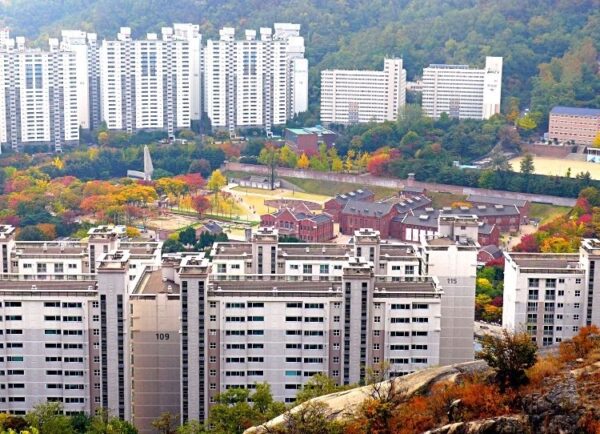
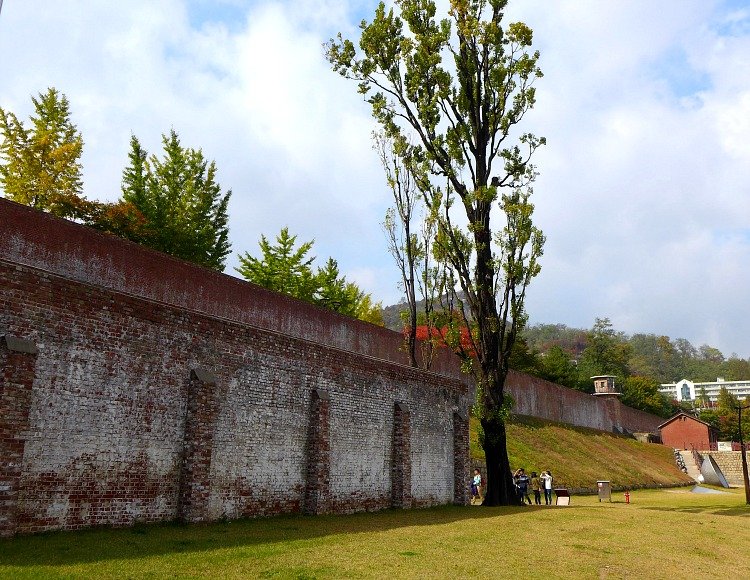
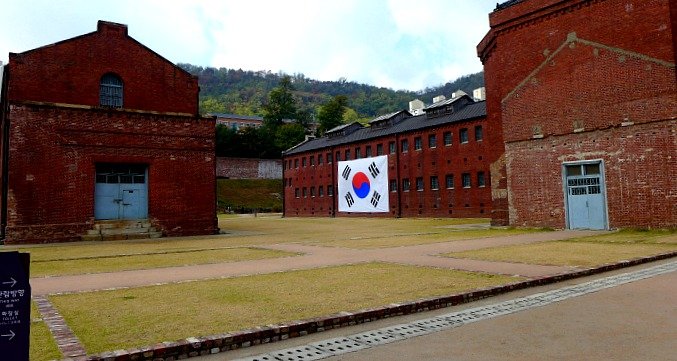
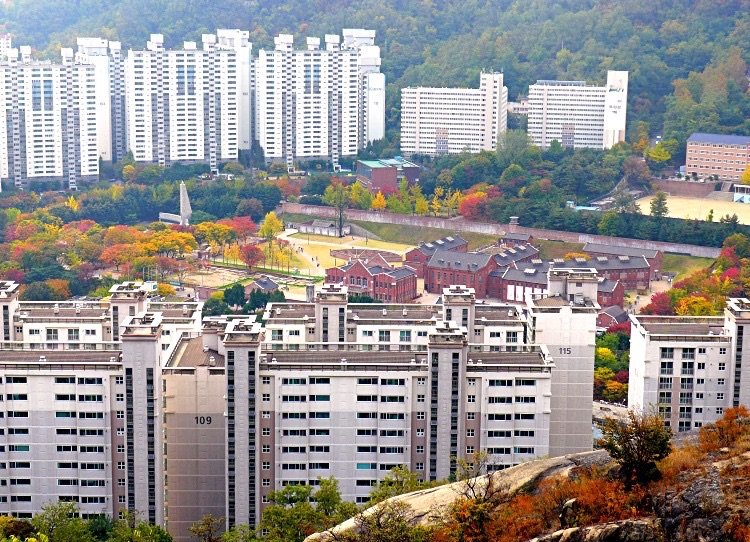
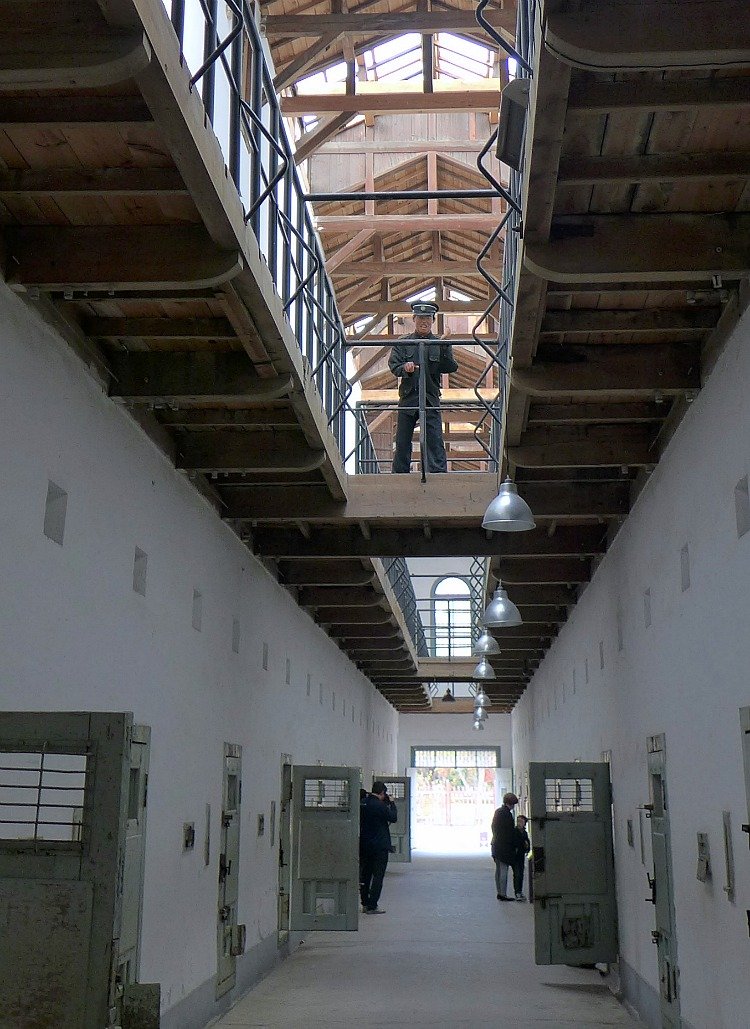
Really well written, and so relatable to the experience of visiting Cheolsang in Cambodia. The atrocities seem to have never left the place and the chills down your spine have you looking over your shoulder. As sad as it is, I absolutely love this post.
What a terrible tragedy. I am ashamed to admit that I didn’t know any details about why there is so much anti-Japanese talk in my hagwon, and among many older Koreans that I’m friends with. Because of you, I now have a deeper understanding of why there is such a generational hatred. Although of course we cannot hate an entire country for something in its history, but I can certainly understand why one would. It sounds like visiting this prison was very difficult, but I think I would like to do it myself to pay respects to a country I live in as a foreigner.
Awesome of Katie to put the Seodaemun Prison experience into such precise words. This is a really great post and does a good job at highlighting the atrocious nature of the places melded with the uncomfortable beauty in its well-kept grounds. We were struck with similarly haunted yet comfortable feelings, but Katie has done a great job describing this place and its history. We often fall short in providing adequate explanations for the history that we barely understand but this post does a great job of summarizing history in an accurate, yet concise way. Great read.
I read this when you posted it in February, when coincidentally I happened to be in Seoul. I REALLY wanted to find it and check it out but I had no time. I think visiting a place like this would be awesome / errie! I hope to find it on my next trip to Seoul.
Thanks! Next time, its worth visiting! Lots to do in the area as well!
Katie and Carl,
This is a great post and I’m so happy you shared your experience with us. I had no idea this place existed in Seoul, and it’s now been added to my list of places to see in the next four months (I feel like time in slipping through my fingers).
So cool, interesting, and saddening at the same time. It really does explain so much of why Koreans feel a certain way about Japan (generally speaking).
What a powerful piece! Well written of a terrifying history. I knew about Seodaemun prison when I lived in Seoul, but i never got around to visiting there. Maybe I should finally add it to my list. Thanks for telling the story so well.
Definitely worth a visit. Lots to learn and in an easily reachable spot!
Wow, Katie! Just… wow… this post hits like a punch in the gut. I would have a rough time walking through that prison, thanks for sharing what I’m sure must have been a tough post to write. It’s strange to think how recently these things occurred. I would get frustrated by some of the friction between the two countries, but it’s easy to forget how raw the wounds between them are.
Fantastic job!
Thanks Nathan! I had been putting off writing it for a long time as I wasn’t sure how to express what I learned!
Wow……….such an morbid story, but history has a place in today and even our future. I truly feel saddened by the evil that was done to the Korean people. I’m glad that this prison is no longer needed for its orginal purpose.
I know for a fact that they also employed “comfort” women, which is basically forced prostitution. To this day the survivors are seeking an apology from the Japanese government and none have been offered. Such inhumane treatment and can’t even acknoledge that it was done in the past.
Thanks for sharing this story with us.
Hey Charisse! Yes, I read about the “comfort women” after visiting the prison, as I was interested in more history. It wasn’t said much at Seodaemun, though there was a separate section for all of the women prisoners.
Great piece Katie and thanks for sharing with us. I do not know much of Korea’s history and now understand a bit more of the anti-Japanese sentiment I sometimes hear.
I’m not sure I could visit the prison myself (as I’m still having flashbacks of the prisons in Cambodia), but am glad you shared the story so I know a bit more about what happened when the Japanese occupied Korea.
Thanks Lindsay! It was an eye opening experience, as I knew nothing about the history with Japan previously. Very glad I went and learned about this part of the history.
I’ve been to Seoul many times but have never been here. Will have to put it on the list. Thanks for the interesting post.